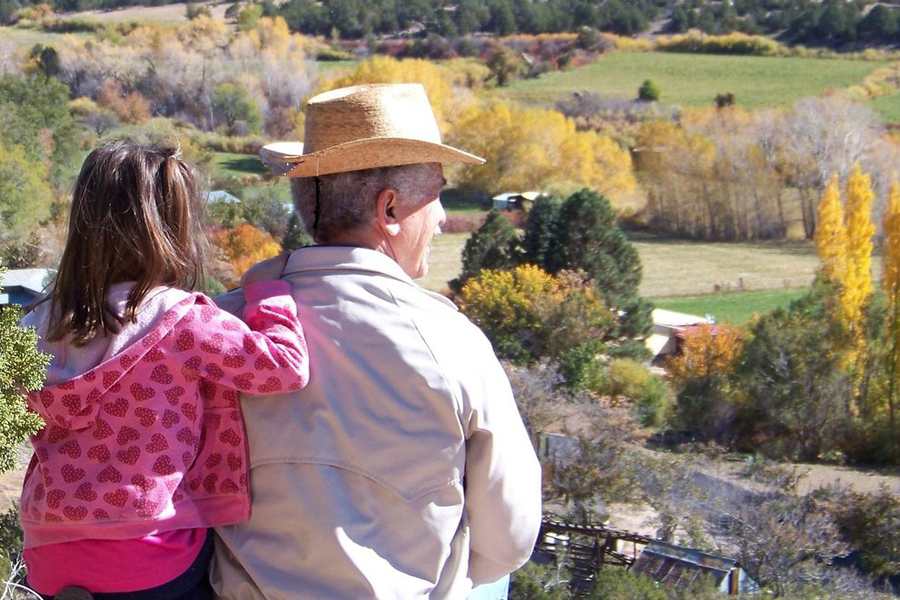N3C Data Reveal More Severe COVID-19 Outcomes in Rural Communities

"Growing up in the village of Cundiyo in rural northern New Mexico, I observed my state’s struggle to provide comprehensive and effective health care to its people. This was and continues to be especially true for New Mexicans living in rural areas." (Carla Cordova, University of New Mexico Health Sciences Center)
September 26, 2022
Even before the COVID-19 pandemic, people living in rural communities faced greater health challenges than those in urban areas. New research made possible through the National COVID Cohort Collaborative (N3C) reveals just how much the COVID-19 pandemic has widened the gap between rural and urban health outcomes.
Rural health researchers examined N3C patient health records from every U.S. state, representing 44 health systems, between January 2020 and June 2021. They compared COVID-19-related hospitalization and mortality rates of people in rural areas to those of people in urban areas. The N3C data included information on 1,033,229 people diagnosed with COVID-19, including 186,882 people hospitalized with COVID-19.
Given the lack of prior SARS-CoV-2 exposure in rural and urban populations alike, investigators expected to see similar health outcomes across communities. What they found was just the opposite.
Even after adjusting for demographic differences and comorbidities, people with COVID-19 in rural areas were significantly more likely than those in urban areas to be hospitalized. In rural communities that are near urban areas, people with COVID-19 were 18% more likely to be hospitalized, and those who lived far from urban areas were 29% more likely to be hospitalized. Mortality rates showed an even sharper disparity. After adjustments, rural residents — no matter how near they lived to urban areas — were about 36% more likely than urban residents to die within 90 days after COVID-19 hospitalization.
The researchers say that the findings call for a closer look at the role that such issues as care delays and environmental risk factors may play in worse rural COVID-19 outcomes. “This study highlights the need for public health to better focus on disparities in COVID health outcomes among rural communities — including addressing prevention strategies, such as increased vaccination,” said Ali Khan, M.D., a professor in the Department of Epidemiology at the University of Nebraska Medical Center.
More than 70 institutions have worked together to build the N3C Data Enclave, the largest open U.S. database of patient electronic health records representing more than 6 million COVID-19-positive cases. “The National COVID Cohort Collaborative was the key to unlocking these insights into COVID-19’s impact on rural communities,” said Sally Hodder, M.D., a study coauthor and the director of the West Virginia Clinical and Translational Science Institute. “N3C’s patient-level data from across the United States allowed a sharper, more comprehensive view than geographically limited population-based studies.”
Learn more about the N3C study findings in The Journal of Rural Health.


